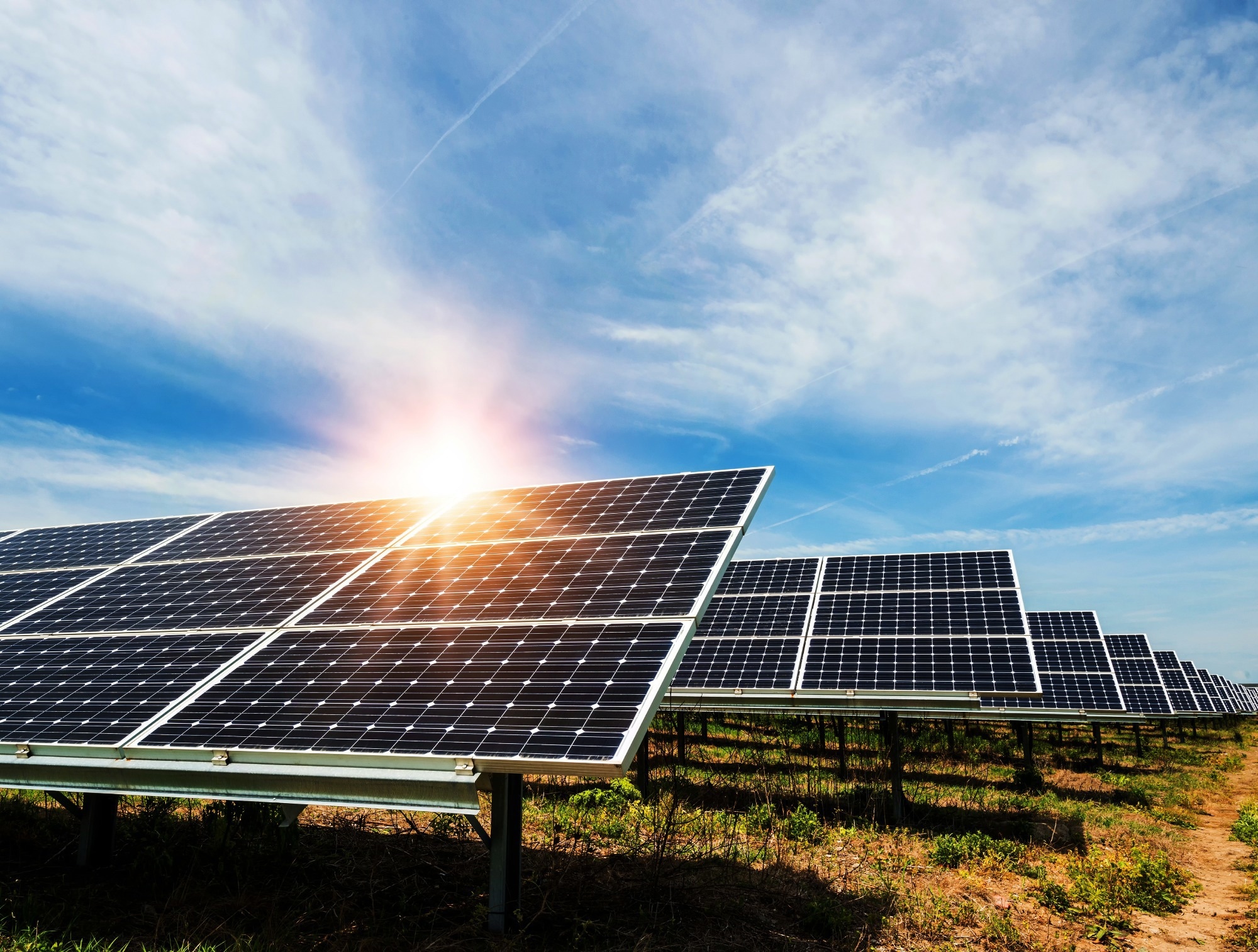In a paper published in the journal PLOS ONE, researchers tackled the issue of inaccurate solar electricity production forecasts by examining various climatic factors affecting solar generation in Amherst. They employed machine learning and deep learning models like Least Absolute Shrinkage and Selection Operator (LASSO) Regression, Ridge Regression, ElasticNet Regression, Long Short-Term Memory (LSTM), and Bidirectional LSTM (Bi-LSTM) variants to improve predictions. The best-performing model was Bi-LSTM, outperforming existing methods in accuracy and reliability, suggesting its potential for enhancing solar energy forecasting.
 Study: Enhancing Short-Term Solar Energy Forecasting with Deep Learning Models. Image credit: Diyana Dimitrova/Shutterstock
Study: Enhancing Short-Term Solar Energy Forecasting with Deep Learning Models. Image credit: Diyana Dimitrova/Shutterstock
Background
Efficient energy utilization, particularly from renewable sources like solar power, is essential due to increasing global energy consumption and dwindling fossil fuel reserves. Accurate forecasting of solar energy production is crucial, given its intermittent nature influenced by various climatic factors and the impact of climate change.
Short-term photovoltaic (PV) module predictions are vital for grid efficiency, market decisions, and overall reliability. Researchers have yet to fully explore machine-learning approaches for energy prediction in PV systems despite the common reliance on historical and meteorological data. As fossil fuel consumption continues to rise, renewable energy sources like solar power offer environmentally friendly alternatives, aligning to reduce environmental impact and dependence on conventional fuels.
Related Work
Previous studies have addressed the challenge of accurately predicting solar power generation, given its intermittent nature and susceptibility to meteorological fluctuations. While traditional forecasting methods relied on historical and meteorological data, recent research has explored the potential of machine learning techniques, including artificial neural networks (ANNs) and support vector machines (SVMs), to improve prediction accuracy.
However, these methods may need to be revised when handling extensive datasets or capturing complex temporal dependencies in the data. Deep learning approaches have gained prominence as a means to overcome these challenges. Deep neural networks, characterized by their hierarchical architecture, have demonstrated remarkable capabilities in processing vast datasets and achieving state-of-the-art results in various fields.
Proposed Method
The proposed methodology encompasses several steps to prepare the data for machine learning techniques. Baseline regressors are employed, including Linear Regression and four machine learning regression methods (LASSO, Ridge Regression, ElasticNet Regression, and Support Vector Regression). These methods are chosen based on their ability to handle feature selection, regularization, and predictive accuracy. LASSO, for instance, is adept at feature selection and regularization due to its shrinkage operator, making it suitable for models with high multicollinearity. Ridge Regression, on the other hand, utilizes L2 regularization to address multicollinearity by penalizing the sum of the square of weights. ElasticNet Regression combines the advantages of both LASSO and Ridge Regression to enhance stability in variable selection. Support Vector Regression identifies the most suitable line to fit the solar data, offering flexibility in setting error tolerance. These methods lay the foundation for accurate solar power prediction.
Deep learning approaches have gained prominence by overcoming these challenges. LSTM, Bi-LSTM, and Gated Recurrent Unit (GRU) capture complex patterns and dependencies in time series data. LSTMs, known for overcoming long-term dependency issues, utilize memory to retain short-term data. Bi-LSTMs present a comprehensive view of sequential information by processing data in both forward and backward directions. GRUs, a more recent generation of recurrent neural networks, simplify the architecture using reset and update gates.
These deep learning techniques are instrumental in extracting relevant information from weather data and improving the accuracy of solar power forecasts. The choice of architecture and hyperparameters, such as the number of hidden neurons, optimizers, and lags, plays a crucial role in achieving optimal performance. Parameter optimization involves systematically applying a trial-and-error approach to balance accuracy and computational efficiency, ultimately enhancing the quality of solar power predictions.
Experimental Results
In solar power prediction, researchers employed four vital performance metrics: Root Mean Square Error (RMSE), Mean Squared Error (MSE), Mean Absolute Error (MAE), and Mean Absolute Percentage Error (MAPE). RMSE quantifies the precision of forecasts by measuring the square root of the average squared differences between actual measurements and their corresponding predictions. MSE offers a standard measure of model accuracy through the computation of mean squared errors, while MAE provides insights into the magnitude of prediction errors by calculating the mean of absolute errors. Furthermore, MAPE evaluates forecasting accuracy in percentage terms.
The research process involves utilizing the UMass dataset from the Amherst weather station, comprising 12 features recorded at five-minute intervals, to feed forecasting models. Initial assessments involve baseline machine learning regressors like LASSO, Ridge regression, ElasticNet regression, and Support Vector Regression (SVR), with visualizations and performance metrics used to evaluate their predictive capabilities. Deep learning techniques, including LSTM, Bi-LSTM, and GRU, are introduced to overcome the baseline models' limitations. Variants of these models are created by adjusting parameters to enhance robustness and predictive accuracy. Parameter optimization refines model performance, yielding Bi-LSTM variants as consistently superior performers across error metrics. In summary, this comprehensive analysis highlights the effectiveness of deep learning models, particularly the Bi-LSTM variants, in enhancing solar energy prediction accuracy and reliability.
Conclusion
In summary, this study harnessed deep learning-based time series forecasting techniques to achieve accurate short-term solar energy predictions using data from an Amherst weather station in the United States of America (USA). While initially exploring various machine learning methods, such as LASSO, Ridge Regression, Elastic Net Regression, and Support Vector Regression, with SVR as the top performer, subsequent implementation of deep learning models, including LSTM, Bi-LSTM and GRU, and their variants consistently outperformed the former. These deep models exhibited robustness and accuracy, surpassing traditional machine learning techniques. Moreover, hybrid models combining LSTM, Bi-LSTM, and GRU showed promise for multi-step ahead solar energy predictions, affirming their reliability and effectiveness. In conclusion, LSTMs and GRUs emerged as valuable tools for dependable and precise solar energy forecasting.